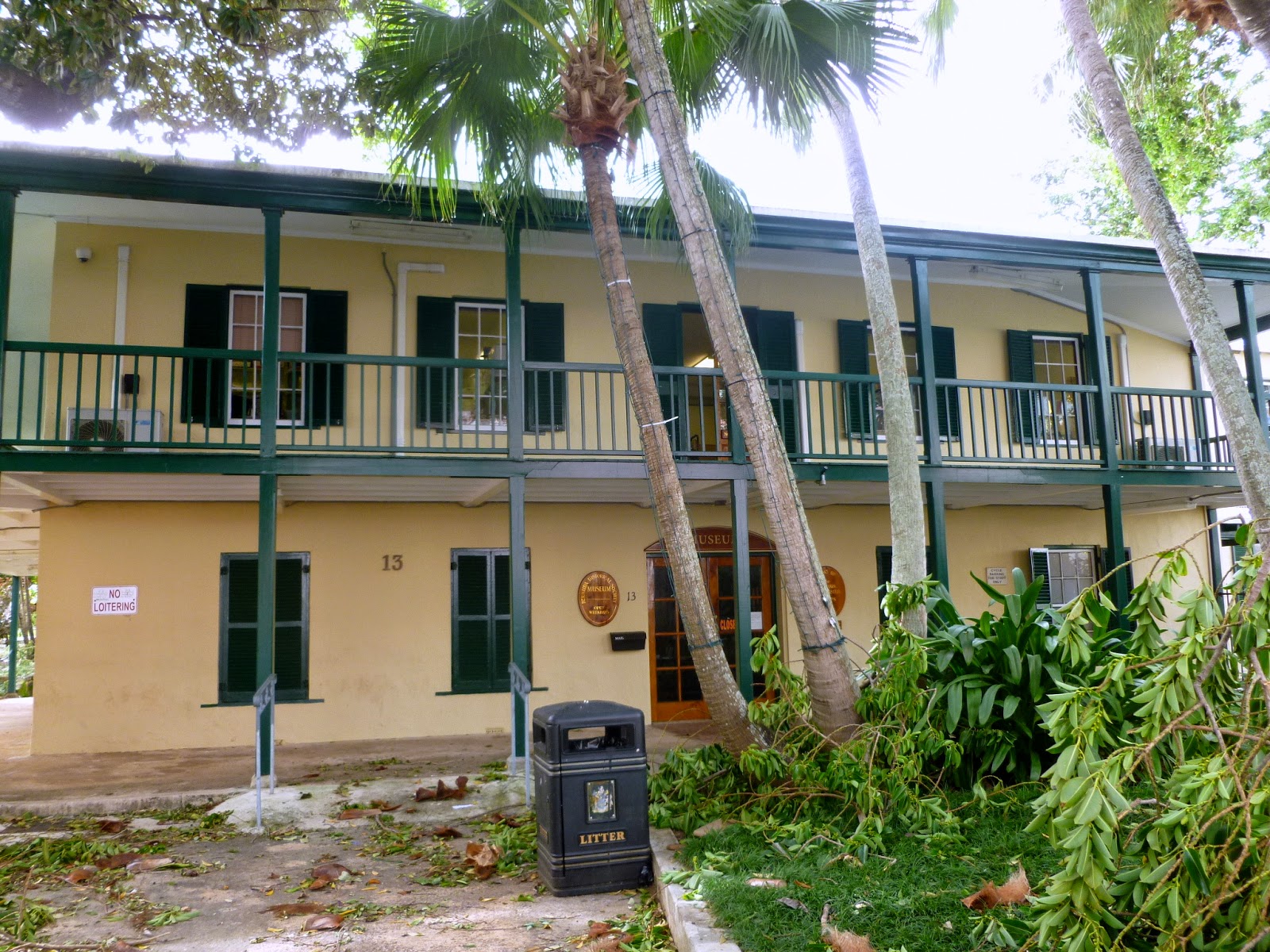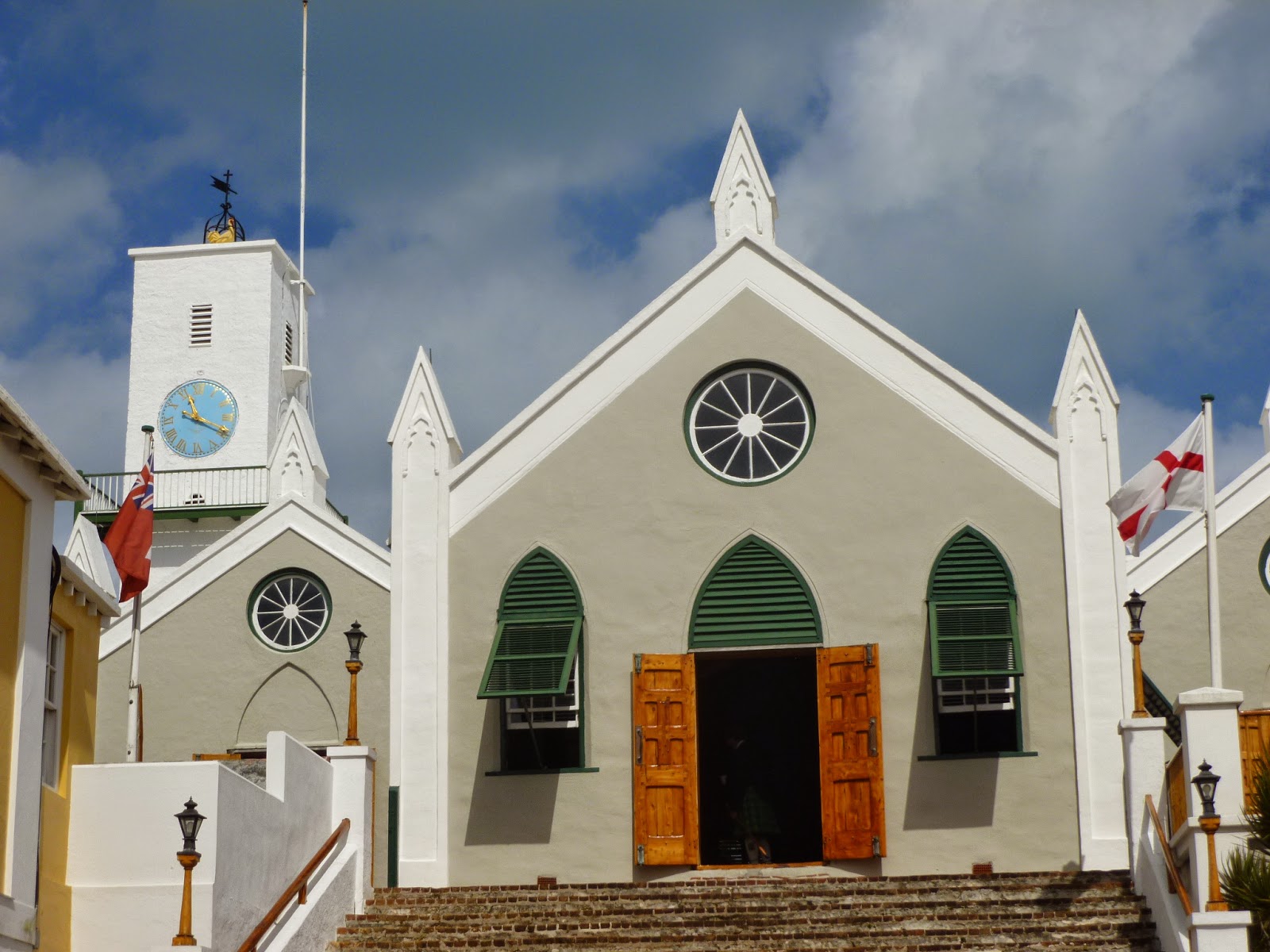The Keep
Royal Naval Dockyard
Sandys Parish, Bermuda
N 32° 19.714 W 064° 49.960
Short Description:
The Keep is the fortress protecting the Royal Naval Dockyard. It is located at the north end of the Dockyard on the west end of Bermuda.
Long Description:
Construction of the Royal Naval Dockyard began in 1809 on the west end of Bermuda. Due to the fact that Bermuda is surrounded by reefs, it is the only location in Bermuda that is accessible to large cruise ships. At one time it was the largest British naval base outside the United Kingdom. It provided a vital strategic defense for British interests in the western Atlantic Ocean from the War of 1812 until after the Second World War. The area is defended by a fortress once known as the "Gibraltar of the West.”
The walled fortress Keep of the Royal Naval Dockyard encloses six acres of land. The interior is protected by seven bastions and ramparts that guard the north and east side of The Keep. Casemated gun emplacements, designed by the Royal Engineers, provided an outstanding overview of the Atlantic Ocean approaches to Bermuda.
The lower grounds of The Keep contain two bomb proof Georgian style stone magazines, a shell store, a filling room, and several workshops. The Commissioners House is the largest structure within The Keep. It is located in the north part of The Keep on the upper grounds. Other historic buildings include the Shifting House, Shifting House Office, Forsters Cooper House, and the Boatloft.
Today the fortress area is the home to the Bermuda Maritime Museum which preserves the history of the Dockyard and contains the Dolphin Quest exhibit where visitors may view and interact with dolphins. through exhibits
The stamp showing an aerial view of The Keep is part of a set of six stamps issued by Bermuda in 2004 depicting views of the Royal Naval Dockyard.



















































